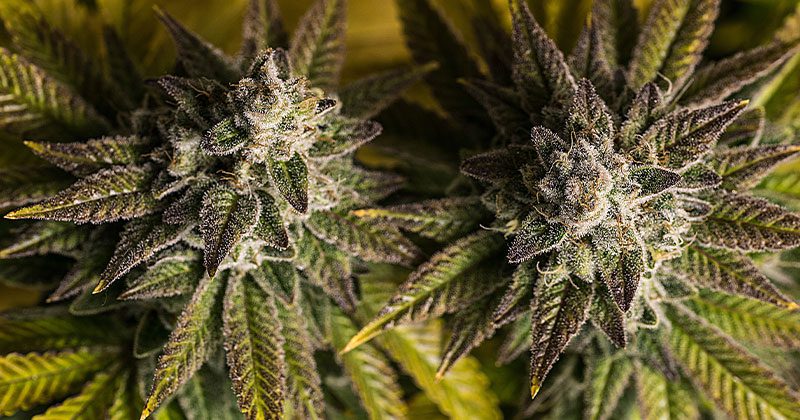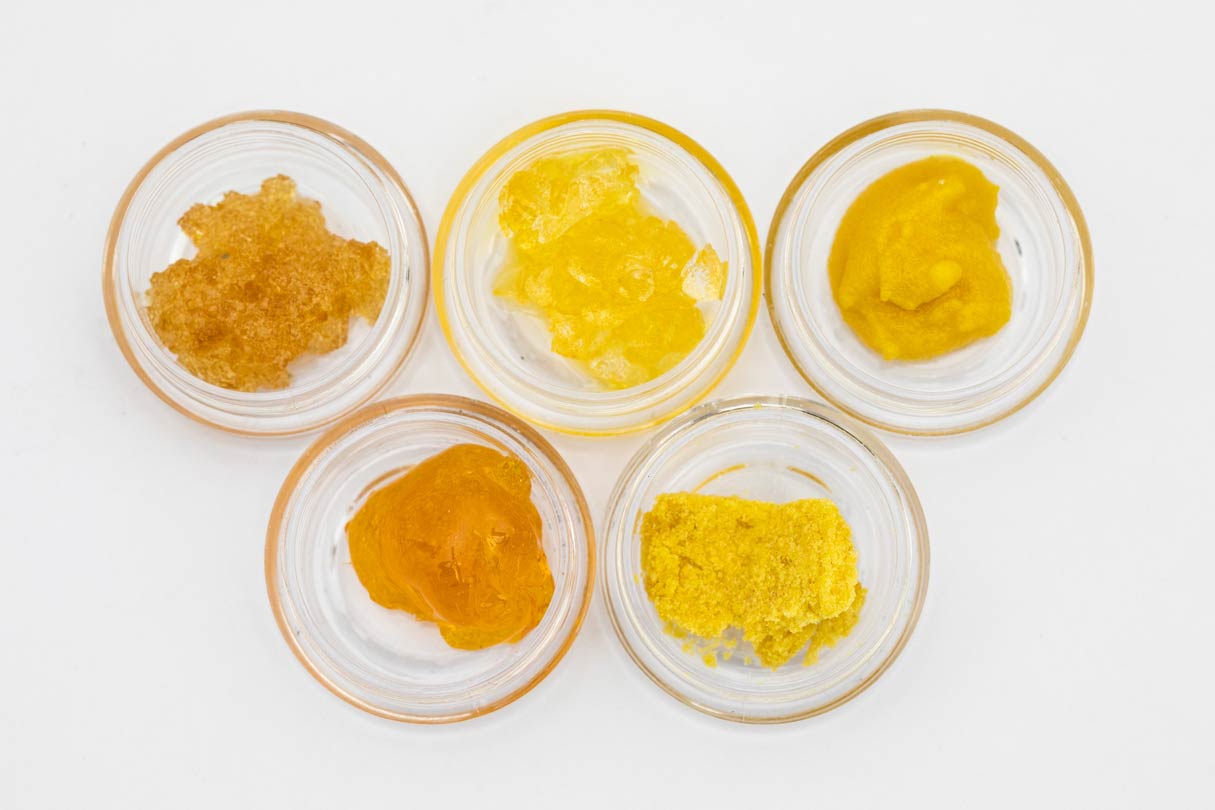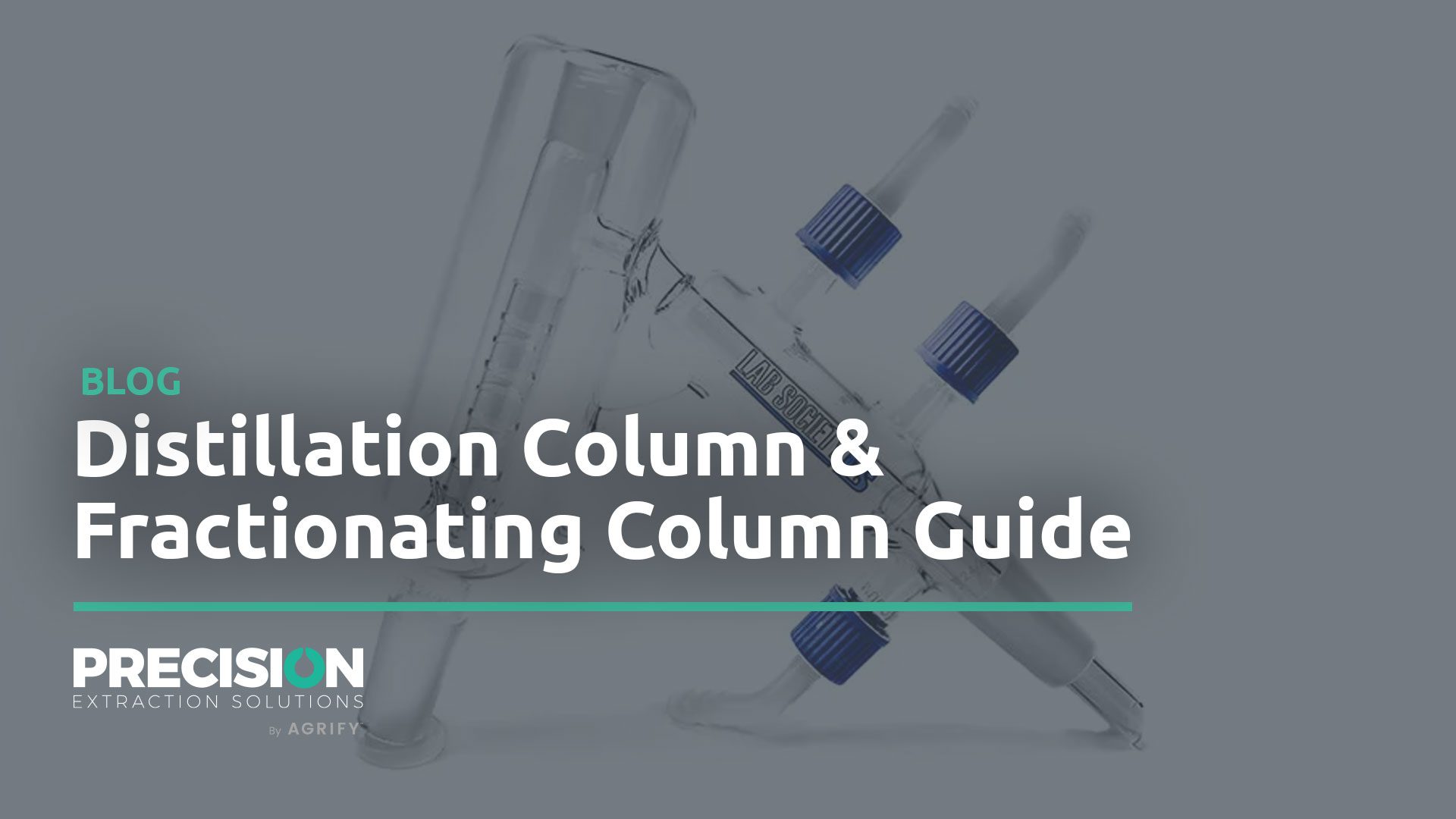
The biological differences in male vs. female hemp plants are fundamental knowledge to anyone in the cannabis and hemp industry. The initial and most crucial step in learning about male vs. female hemp plants is developing the skill to distinguish between them.
Male vs. female hemp plants can be determined in a variety of ways. One method is by using a trained eye with a magnifying glass. A quick look between where the plant’s leaves separate from its stalk, otherwise known as its nodes, tells you what you need to know.
Both males and females will show growth in these nodes and typically become distinguishable six weeks into development. Males will develop “pollen sacs,” while the female will have growths that resemble thin strands of hair. Females produce flowers, and this initial growth is considered “pre-flowers.”
There are other methods for identifying female cannabis plants as well, including examining for feminized seeds and most reliably sending out a plant sample for a DNA test at a laboratory.
After understanding how to differentiate male vs. female plants, cannabis producers must then consider the benefits of isolating the two before potential cross-pollination. However, in the situation of a large-scale outdoor grow with acres of plants, isolation and separation will not likely be a time and cost-effective process.
Isolating Male and Female Hemp Plants
Although both male and female hemp plants have their advantages, most quality-focused cannabis producers tend to isolate the two from one another to reduce any chances of pollination that will lead to seed production from the female plants. By isolating the males, female cannabis plants can grow to far greater heights. Without fertilization, female plants have an abundance of energy that can be directed toward growing heightened levels of THC and CBD.
What About Hermaphrodites?
Beneath the conversation of male vs. female hemp plants lies the third possibility created by a fertilized female plant: hermaphrodites. These contain attributes of both male and female plants. Hermaphrodite cannabis plants possess the same ability as males to fertilize female plants. Thus, like males, hermaphrodites require isolation from female plants. Hermaphrodites are often the result of specific trauma experienced by the plant during its development, such as disease, damage, or poor weather circumstances.
Male vs. Female Hemp: Which Do We Need?
With this necessary and standard isolation period in mind, the answer to which is preferable, male vs. female hemp plants, becomes a bit clearer. Female plants produce THC and CBD-potent buds, while males produce undesired pollen, therefore, female hemp plants are the most coveted during the growth process. However, as with all forms of biological reproduction, you can’t have one without the other.
Resin, the naturally occurring compound used in extracts such as live rosin and live resin, is found in both male and female plants. The disparity between the two in what they produce is substantial. The quantity of resin cultivated from male vs. female hemp plants predominantly favors the females. The isolation process allows females to far surpass males in resin production, thus making them the more profitable harvest between the two.
Ultimately, between male vs. female hemp plants and even hermaphrodites, female plants yield the most significant compounds extracted for cannabis products. Although males produce some and are necessary to the process, female plants are the most important to cannabis producers.
Extracting Hemp for Concentrates & Extracts
At Precision Extraction we provide our clients with the professional’s choice in hemp extraction and post processing equipment. Our team of full system integrators work with processors of all sizes on extraction facility design, equipment, installation, and training for CBD extraction.








